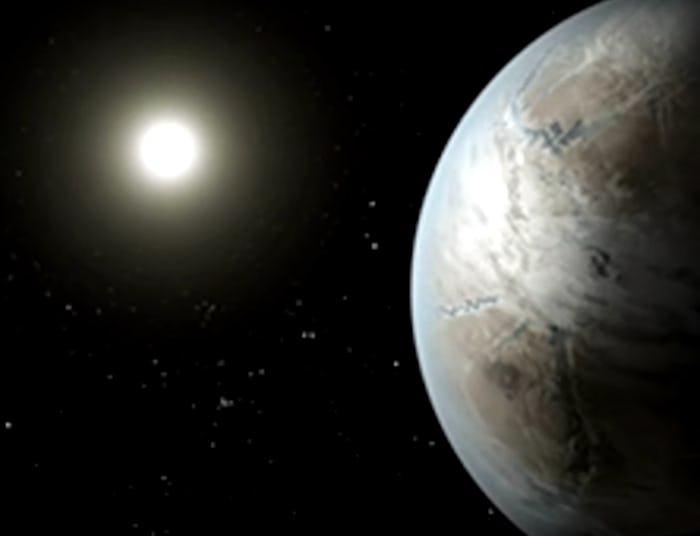Politically and ideologically, Americans are more divided than ever as we roil in the wake of the 2016 presidential election. But we can all agree that the discovery of seven Earth-like planets 40 light-years away, orbiting a different sun than our lonely planet does, is freaking cool. And it could even unite us a human race (theoretically, at least), because scientists are convinced there very well could be life on some of the seven exoplanets. In fact, three of the the exoplanets orbiting the sun-like red dwarf star, which NASA and the Belgian-led European Southern Observatory refer to as TRAPPIST 1, exist within the "holy grail of planet hunting," NBC News reported: They are warm enough to have oceans, surface, and yes — extraterrestrial life.
The two agencies announced in May that they had discovered three planets orbiting TRAPPIST 1. But the follow-up to that finding, which was published Wednesday in the scientific journal Nature, adds four more to the list and catapults the space-loving public from thinking about it as a cool abstraction to a scene from the wildest sci-fi scenes of our youths. Now, the discovery represents a "giant, accelerated leap forward in our search for habitable worlds and life on other worlds potentially," leading MIT exoplanet expert Sara Seager, said during the announcement, according to Vox.
CNN reported that scientists believe one of the planets in particular, TRAPPIST-1f, is most likely to contain life. With enough atmosphere and greenhouse gases like ozone, oxygen, or methane, the exoplanet, which is cooler than Earth but exist closer to its own sun-like star than our planet does, it could just be habitable enough to be home to the aliens humans have been picturing in their minds since way before Space Jam. And because of its proximity to that star, researchers believe that TRAPPIST would appear about three times as large as Earth's sun does in Earth's sky — and that it would have a salmon hue.
Essentially, this is a Very Big Deal. Amaury Triaud, a co-author on the study and an astronomer at the University of Cambridge, told CNN:
I think we've made a crucial step towards finding if there is life out there. I don't think any time before we had the right planets to discover and find out if there was (life). Here, if life managed to thrive and releases gases similar to what we have on Earth, we will know.
Of course, there is no definitive proof right now that there are intelligent life forms out there studying our planets and searching for us as we are hoping to make contact with them. But the scientists are just getting started in the quest to find out whether we have neighbors somewhere out there. In 2018, they will launch the James Webb Space Telescope to study the chemical composition of the exoplanets' atmospheres, both the ones that they believe couldn't contain life and, much more interestingly, the ones that might, Vox reported. "We can expect that in a few years, we will know a lot more about these [seven] planets," Triaud told the outlet.
Even if scientists confirm the existence of life on another planet — or, it may be more accurate to say now, when they do — getting in touch would be a whole other massive conundrum. CNN reported that it would take millions of years to reach a star system 40 light years away
Still, it could do us all some good to be reminded by the vastness of our galaxy at a time when partisanship is so pervasive it's hard to see beyond it.
